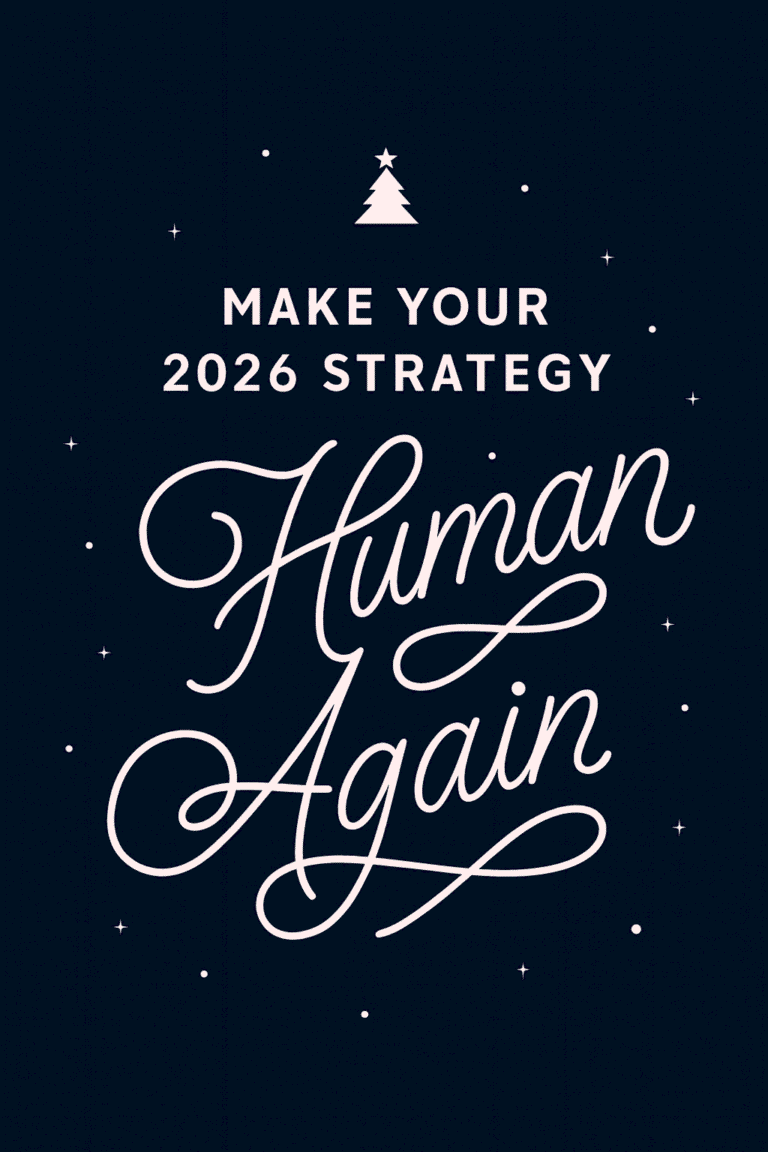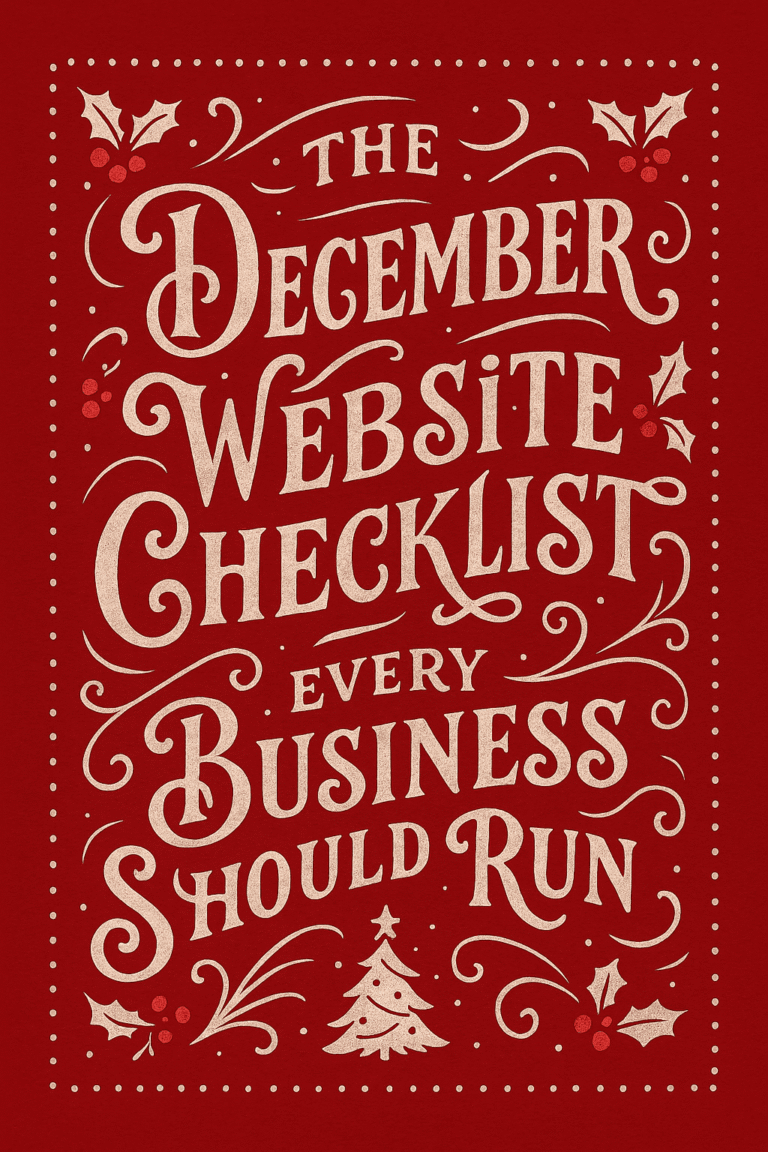
Effective web design is no longer a luxury – it’s a necessity. Whether you’re a business owner, executive, digital marketer, or a budding web designer, having a well-designed website can make all the difference. But we understand – time is of the essence.
This post is your quick and efficient route to mastering the essentials of web design. It’s packed with actionable, easy-to-implement tips that can dramatically improve your website’s aesthetics and functionality. And the best part? You can consume all this information in just under 11 minutes. So, if you’re ready to transform your website without investing hours of your precious time, let’s get started!
1. The Importance of Simplicity
Clean and simple website designs are essential in creating a site that’s easy for users to navigate. Consider the following when streamlining your design:
- Avoid clutter
- Stick to a few key colors
- Use minimalistic layouts
- Limit the number of pages and menu items
2. Responsive Design
More people than ever are accessing the internet via phones and tablets. Ensure your website is responsive and mobile-friendly by:
- Using fluid grids
- Scaling images and videos correctly
- Simplifying navigation
- Testing on different devices
3. Navigation
A well-structured navigation menu is vital for a positive user experience. Keep these tips in mind:
- Limit the number of menu items
- Use clear labels
- Organize items logically
- Employ dropdowns when necessary
4. Visual Hierarchy
Establishing a visual hierarchy on your web pages guides visitors’ eyes to essential elements. Consider:
- Size and position of elements
- Contrast between foreground and background
- Use of whitespace
5. Color and Typography
The right color scheme and fonts can reflect your brand’s personality and improve readability. Keep these tips in mind:
- Use consistent colors throughout your site
- Select fonts that are easy to read
- Size text appropriately
- Limit yourself to 2-3 typefaces
6. Loading Speed
Optimizing your website’s loading speed is crucial for user experience and SEO. Focus on these aspects:
- Compress images
- Minify CSS, JavaScript, and HTML files
- Reduce server response time
- Leverage browser caching
7. Call to Action (CTA)
Design compelling CTAs to guide users towards desired actions. Consider these tips:
- Use strong, specific language
- Make CTAs visually distinct
- Place CTAs strategically
- Test different designs
8. SEO Best Practices
SEO is crucial to web design and should not be overlooked. Remember to:
- Optimize images by compressing them and using clear file names
- Use meta tags for page titles and descriptions
- Include relevant keywords throughout your content
- Create fresh, quality content regularly
9. Testing and Updating
To ensure your website remains effective, test and update regularly. This includes:
- Monitoring Google Analytics for user behavior
- Split testing designs
- Updating content for accuracy
- Ensuring your site is compatible with the latest web browsers
10. Consistent Branding
Maintain consistent branding throughout your website by incorporating your logo, colors, and typography. This strengthens brand recognition and creates a cohesive experience.
11. Readability
Make your content easy to read by:
- Breaking paragraphs into shorter chunks
- Using short sentences and simple words
- Employing bullet points where necessary
- Highlighting key elements with bold text
12) Accessibility
Make your website accessible to all users, including those with physical disabilities. Here are some tips:
- Make navigation keyboard friendly (e.g., tabbing)
- Ensure text is high contrast and easily readable
- Include ALT tags for images and videos
- Support screen readers by using semantic HTML tags
13) Security
Securing your website is essential to protect user data and maintain trust. Consider:
- Setting up an SSL certificate for a secure connection
- Implementing a web application firewall (WAF)
- Encrypting sensitive data in the database
- Storing passwords using a one-way hashing algorithm
14) Documentation
Documenting your web design practices is an important step in creating and maintaining a successful website. Document the following:
- Design decisions, such as font selection or color palettes
- Technical specifications, such as server configuration or software versions
- Testing processes, such as quality assurance protocols or optimization techniques
- Maintenance procedures, such as updating content or fixing bugs
15) Support
Providing support to users is key to creating a successful website. Offer resources such as:
- FAQ pages
- Contact information (e.g., email or phone number)
- Live chat options
- Troubleshooting guides and tutorials
16) Site Architecture
A well-planned site architecture helps users find what they’re looking for quickly, improving their experience and increasing the chances they’ll stay on your site:
- Keep your architecture flat, not deep
- Use clear, descriptive URLs
- Link internally to related content
- Include a site map
17) High-Quality Images
High-quality images can dramatically improve your site’s aesthetics:
- Use professional, high-res images
- Compress for optimal loading speed
- Use alt tags for SEO
- Keep file sizes as small as possible
18) Social Media Integration
Integrating social media can increase exposure and engagement:
- Include social sharing buttons
- Link to your social media profiles
- Include social proof, like reviews or testimonials
- Use social login options for ease of use
19) Use Analytics
Use an analytics tool to understand your user behavior and optimize accordingly:
- Set up Google Analytics or a similar tool
- Monitor your bounce rate and page views
- Track conversion rates
- Keep track of user demographics
20) User Feedback
Collect user feedback to understand the positives and negatives of your website:
- Include a feedback form
- Conduct user testing sessions
- Use tools like Hotjar for heatmaps
- Regularly review and action feedback
21) Video Content
Including video can increase engagement and dwell time on your site:
- Create professional videos that reflect your brand
- Use subtitles for accessibility
- Embed videos rather than hosting them on your site for speed
- Keep videos short and engaging
22) Microinteractions
Microinteractions can improve usability and provide feedback to users:
- Include hover effects on buttons and links
- Use loading animations to keep users engaged
- Add transitions between pages or sections
- Use tooltips to provide additional information
23) 404 Pages
A custom 404 page can turn an error into a positive user experience:
- Design a custom 404 page that reflects your brand
- Include a link back to your homepage
- Add a search bar to help users find what they’re looking for
- Use humor or creativity to lighten the mood
24) GDPR Compliance
Ensure your website is compliant with GDPR and other privacy laws:
- Include a clear privacy policy
- Give users the option to opt out of cookies
- Collect only necessary data
- Keep data secure
25) Cross-Browser Compatibility
Ensure your website looks and functions well on all browsers:
- Test your site on multiple browsers and platforms
- Use a CSS reset to ensure consistency
- Keep up-to-date with browser updates and changes
- Fix compatibility issues promptly
26) Regular Updates
Keep your site fresh and relevant with regular updates:
- Update blog posts or news regularly
- Check for broken links and fix them
- Refresh imagery and graphics regularly
- Keep content relevant and current
27) Chatbots
Implement a chatbot to provide immediate, automated customer service:
- Use chatbots for FAQs
- Program bots to escalate complex issues to human agents
- Ensure chatbot responses are helpful and clear
- Test and optimize your chatbot regularly
28) Mobile Optimization
Optimize for mobile devices to give users the best experience possible:
- Design with smaller screens in mind
- Increase font sizes and line spacing
- Make buttons large enough for fingers
- Use image optimization techniques to speed loading times
- Implement a mobile navigation menu
- Test on multiple devices to ensure consistency
29) Dark Mode
Consider adding a dark mode to your site for users who prefer it:
- Dark mode can reduce eye strain
- Dark mode can save battery on OLED screens
- Allow users to toggle between dark and light mode
- Ensure all elements are visible and legible in dark mode
30) AI and Machine Learning
Consider utilizing AI and machine learning for personalization:
- AI can personalize user experiences based on behavior
- AI can automate tasks, like data analysis or customer service
- Machine learning can improve recommendations and predictions
- AI and machine learning can improve user engagement and satisfaction
Conclusion
This post has provided valuable insights and practical tips that can help enhance your website’s design. Remember, good web design is not just about aesthetics, but also about functionality and user experience.
Whether you’re a business owner looking to improve your online presence, a digital marketer aiming to create more effective campaigns, or a web design enthusiast eager to learn, we believe these tips can serve as a valuable resource. Keep experimenting, stay updated with the latest trends, and continue to improve. After all, in the dynamic world of web design, learning never stops!
Managing a website can be a daunting task, especially when you have other business operations to worry about. If you’re feeling overwhelmed or simply want a professional touch, consider hiring Graticle Design. We’re an expert team dedicated to enhancing your online presence, freeing you up to focus on what you do best. Why go it alone when you can have an experienced, reliable team in your corner?
Contact Graticle Design today and let’s take your web design to the next level!
Call (360) 450-3711
—
Frequently Asked Question
What is responsive web design?
Responsive design refers to a web design approach that enables websites to adjust or ‘respond’ to the screen size and orientation of the device they’re viewed on. This ensures optimal usability and a seamless user experience across various devices, including desktops, laptops, tablets, and phones.
How can I improve website loading speed?
There are several techniques to improve website loading speed. These include optimizing image sizes, reducing HTTP requests, enabling browser caching, minifying CSS and JavaScript files, and using a Content Delivery Network (CDN) to deliver your site’s static files faster to users around the world.
What is SEO in web design?
SEO, or Search Engine Optimization, in web design refers to the practice of designing your website in a way that it ranks higher in search engine result pages (SERPs). This is achieved by optimizing various elements of your website, including its structure, meta tags, alt tags, URLs, content, and more.
Why should a website be accessible?
An accessible website ensures that all users, including those with disabilities, can access, understand, navigate, and interact with your website. Web accessibility is not only a good practice for inclusivity but also can improve SEO and increase your potential audience reach.
What’s the role of color theory in web design?
Color theory plays a significant role in web design as it helps to convey the right mood, evoke emotions, and even guide users’ actions. Understanding color theory can help web designers create a color palette that enhances user experience, improves readability, and aligns with the brand’s identity.





